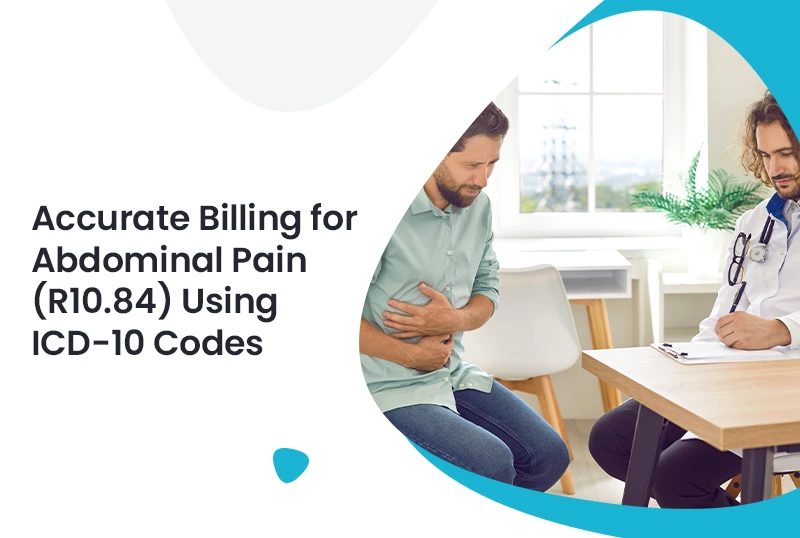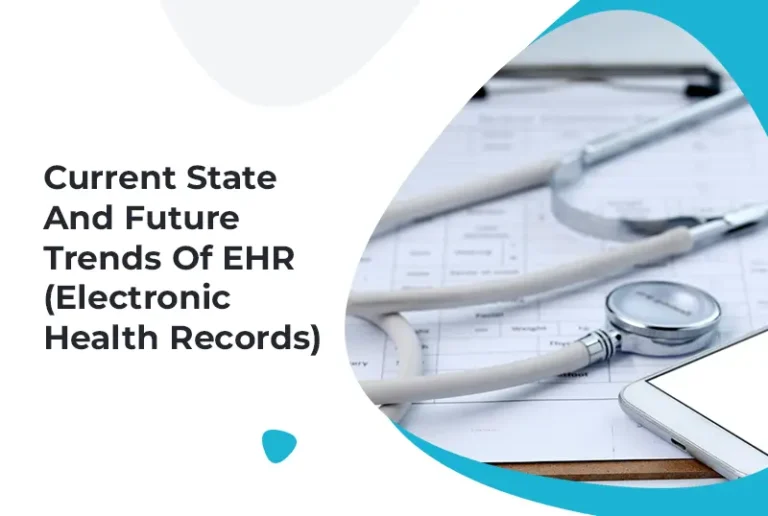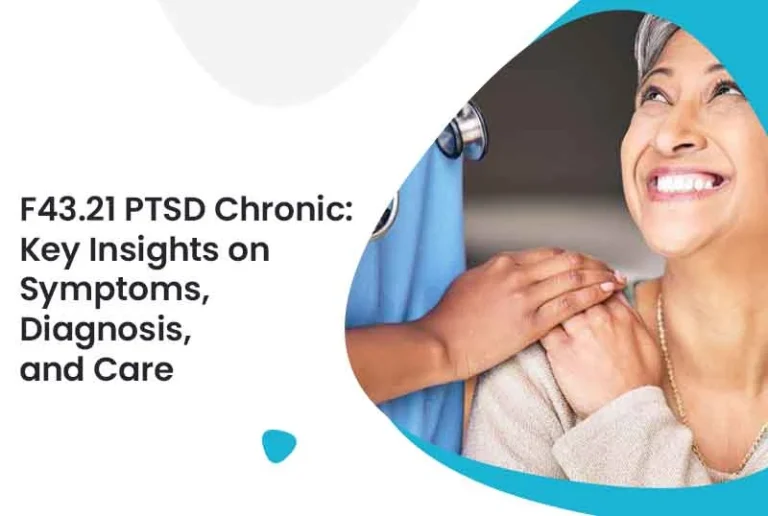Medical billing professionals must be precise when coding for abdominal pain. The R10.84 ICD-10 code is designated for generalized abdominal pain, and incorrect use can result in claim denials, revenue delays, or compliance issues. For practices that need expert support, billing services medical providers can streamline claim processes and improve reimbursement rates, especially when managing complex symptom-based codes like R10.84.
What Does R10.84 Represent in ICD-10?
it is the ICD-10-CM diagnosis code for generalized abdominal pain. It falls under the broader category “R10 – Abdominal and pelvic pain.” This code is used when a patient presents with diffuse abdominal discomfort without a more specific diagnosis. Accurate documentation and correct use of this code are crucial for justifying medical necessity and securing full reimbursement.
Common Scenarios Where This Code Is Used
- Emergency visits for abdominal pain
- Routine checkups with unresolved stomach discomfort
- Gastrointestinal evaluations before a definitive diagnosis
Documentation Guidelines for R10.84
Thorough documentation is the backbone of successful billing. For R10.84, providers should note:
- The onset, duration, and nature of the pain
- Associated symptoms (nausea, bloating, fever)
- Prior evaluations or treatments
- Any imaging or lab results
Medical coders must also avoid upcoding or using R10.84 inappropriately when a more specific diagnosis is available, such as R10.0 (acute abdomen) or R10.2 (pelvic and perineal pain).
Why Accurate Use of This Diagnosis Code Matters
Incorrect or frequent use of R10.84 without clinical justification may trigger audits or payer rejections. Insurance companies expect specificity and clarity in diagnoses, especially when it comes to vague symptoms like abdominal pain. Partnering with experts who offer credentialing services can ensure that providers are recognized by payers, reducing claim issues tied to eligibility or provider status.
Best Practices for Billing This ICD-10 Code
To prevent denials and delays:
- Always verify if a more specific diagnosis is appropriate
- Align the documentation with the billed service level
- Use appropriate modifiers and place of service codes
- Confirm payer-specific policies regarding symptom-based codes
Many payers scrutinize R-codes more carefully since they are symptom-based. Some may even require additional documentation to approve reimbursement.
Want more information? Read here: Understanding Insomnia ICD-10 Coding: Symptoms, Diagnosis, and Billing Guidelines
Common Coding Errors with This Diagnosis Code
Some frequent issues include:
- Using R10.84 when abdominal pain is clearly localized (e.g., right lower quadrant)
- Failing to support the code with detailed documentation
- Omitting corresponding CPT codes for diagnostics like ultrasounds or lab panels
- Repeating the same diagnosis across multiple visits without updated notes
Coders and billing teams must keep detailed records and validate diagnosis codes at every visit.
When to Use Alternatives to R10.84
If the abdominal pain is:
- Located (e.g., R10.31 – Right lower quadrant)
- Caused by a specific condition (e.g., K35.80 – Unspecified acute appendicitis)
Then R10.84 should not be the primary diagnosis.
Practices should review charts regularly to ensure they’re not over-relying on generalized symptom codes.
Claim Denials: What to Watch for with R10.84
Denials related to R10.84 often stem from:
- Insufficient documentation
- Use on follow-up visits without updated records
- Missing supporting CPT or HCPCS codes
- Payer requirements for pre-authorization or referrals
By improving the pc ratio in medical billing—the ratio of patient collections to total charges—providers can better manage their revenue cycle even with challenging codes like R10.84.
Improving Revenue Cycle with Expert Support
Proper use of R10.84 contributes directly to a healthier revenue cycle. Providers that lack in-house billing expertise may benefit from outsourcing to specialized medical billing firms. These experts ensure that claims are accurately coded, submitted on time, and compliant with payer guidelines.
Comprehensive billing audits can also help identify misuse of codes like R10.84, offering a roadmap for compliance and optimization.
R10.84 in Telemedicine and Outpatient Settings
Telehealth and outpatient visits involving vague abdominal pain are increasingly common. It’s critical to match the visit type with the proper documentation and code usage. When used in these settings, R10.84 must be thoroughly supported by patient notes, even if a physical exam is limited.
Payers may require detailed virtual visit notes, including history-taking, patient-reported symptoms, and decision-making rationale.
Final Thoughts
Effective use of the R10.84 diagnosis code ensures that patients get the care they need and that practices get paid fairly. It starts with detailed clinical notes, informed coding choices, and rigorous compliance standards. Partnering with a trusted billing partner can help your practice avoid costly errors and stay audit-ready.
Whether you’re optimizing billing, tightening documentation, or navigating credentialing requirements, Precision Hub can help.
(FAQs) Frequently Ask Questions
1. What is the ICD-10 code R10.84 used for?
R10.84 is used for generalized abdominal pain when no specific location or cause has been identified.
2. Can R10.84 be the primary diagnosis on a claim?
Yes, if it’s the main reason for the visit and properly documented. However, specificity is preferred when possible.
3. What’s the difference between R10.84 and other abdominal pain codes?
R10.84 is for generalized pain. Other codes like R10.31 or R10.13 represent localized pain in specific abdominal areas.
4. Can I bill R10.84 for telehealth visits?
Yes, but ensure the documentation supports the diagnosis despite the limitations of a virtual exam.
5. Why do claims with R10.84 get denied?
Denials often occur due to vague or insufficient documentation or when a more specific code should have been used.







